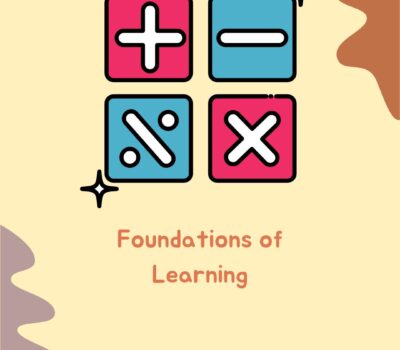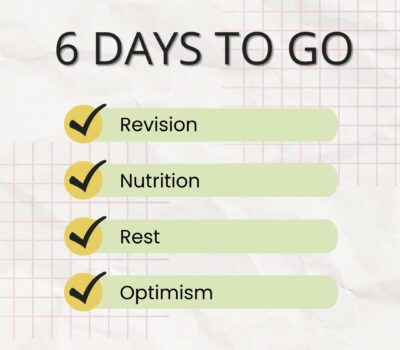“STEM” is the stem of learning
“STEM” is one of the most often discussed subjects in education. But what does STEM exactly mean? STEM refers to four closely related fields of study, Science, Technology, Engineering, and Mathematics. But there’s more to it than just this acronym. STEM education combines concepts that are often taught separately in different sections and highlights the ability to apply knowledge to real world situations. Hands-on and relevant practical learning activities are generally used to present STEM education.
STEM-related sectors offer a wide range of opportunities. Apparently, careers in pharmaceuticals, energy, technology, and engineering are among them. STEM education presents students with vital skill sets that enable them to succeed in any business, not only STEM fields. STEM occupations are likewise plentiful and developing. You might be questioning why we have to constantly talk about STEM? Is it so important and useful? In order to educate, we must first get educated. We cannot motivate our children to become STEM educated if we are not well informed on the benefits of STEM.
Despite possessing extraordinary talent, the children these days have been confined by the exam-focused education approach even when it comes to innovation, problem solving, and creativity. This is where the STEM experts’ step in to help bridge the gap. STEM education plans are the first step in preparing today’s youngsters to become tomorrow’s researchers and creators. STEM education teaches students more than just science and arithmetic subjects. It provides an incredible platform for those who want to learn new things. You can have access to information on any subject you might think of, instantly. The capability to think logically and to question traditional norms is the foundation of innovation. Countries all over the world are using this methodology by enacting a nationwide curriculum that establishes frameworks and programs that use STEM methodology.
STEM education is vital since our world relies on it. STEM focuses on teaching techniques and courses in a realistic environment. As a large number of people recognise the importance of STEM education, they have begun to seek ways to better integrate STEM education into all classrooms. Each STEM element contributes to a balanced education in its own way. Science provides students with a thorough awareness of the things around them. Technology educates students to work in a world where high-tech advancements are common. Engineering assists students to improve their problem-solving abilities and apply what they’ve learned to new initiatives. When it comes to building solutions, mathematics allows people to assess data, remove errors, and make conscious choices. STEM education brings these fields together into a unified model and equips professionals to improve society through innovation and long-term solutions.
We’ve now reached a point where the number of STEM professions is rapidly increasing, far outpacing the number of STEM graduates. One is not limited to a profession in science, technology, engineering, or mathematics if they earn a degree in this discipline. Whether or not you intend to undertake a STEM oriented career after graduating, the skills and knowledge you gain from a STEM degree will be extremely useful in life. In addition, a STEM degree gives you an edge during job hunt and even higher renumeration even though the degree holder may choose to work in a non-STEM sector.













